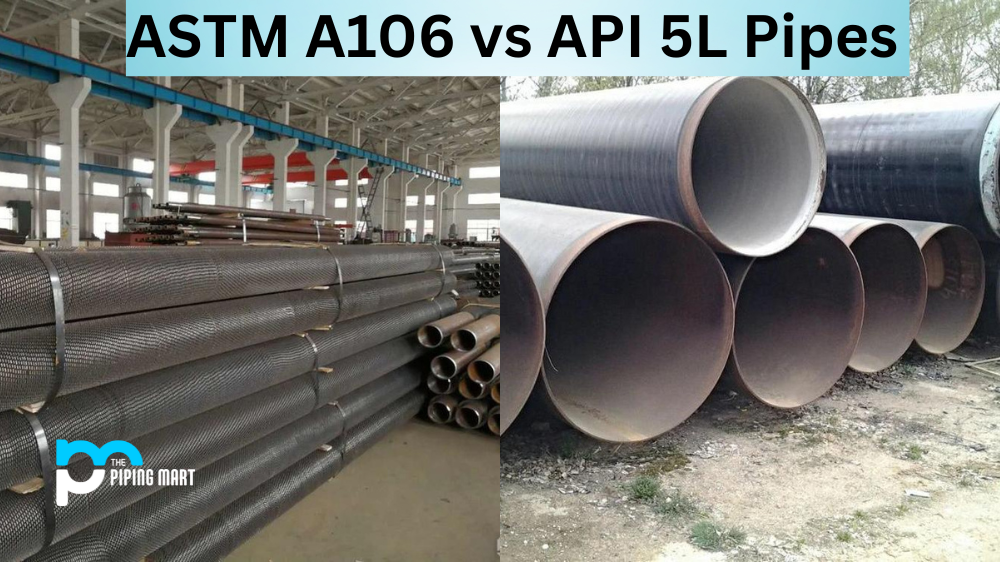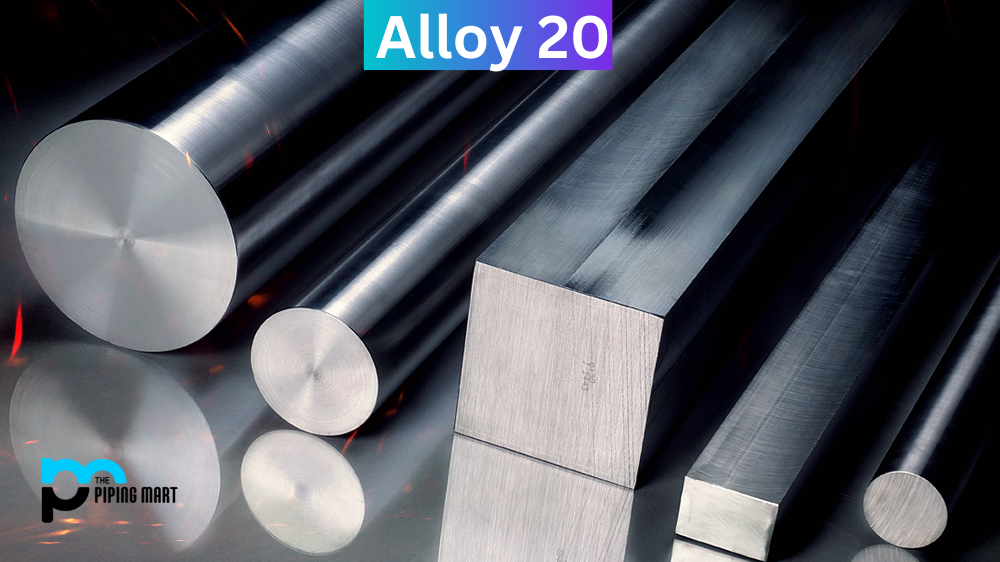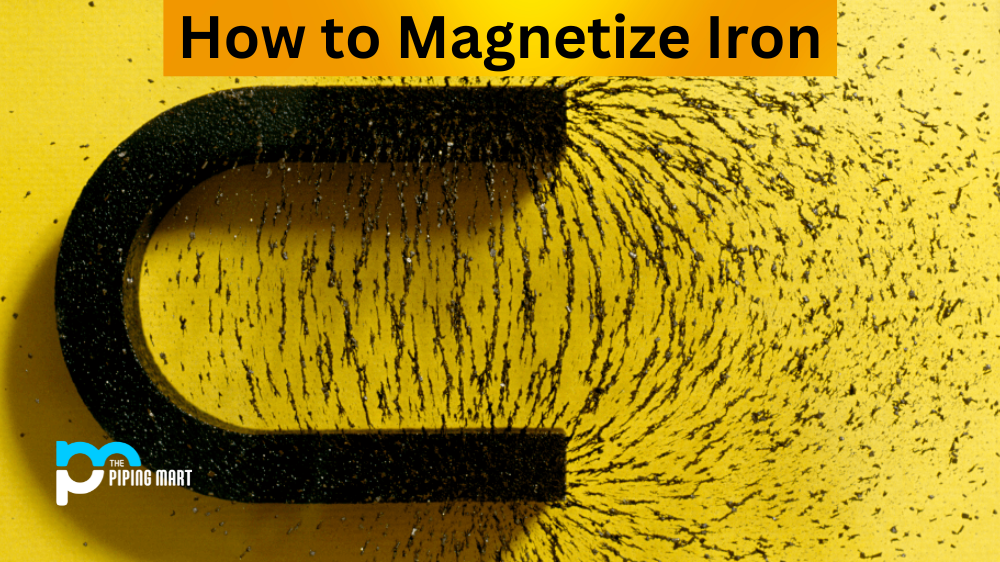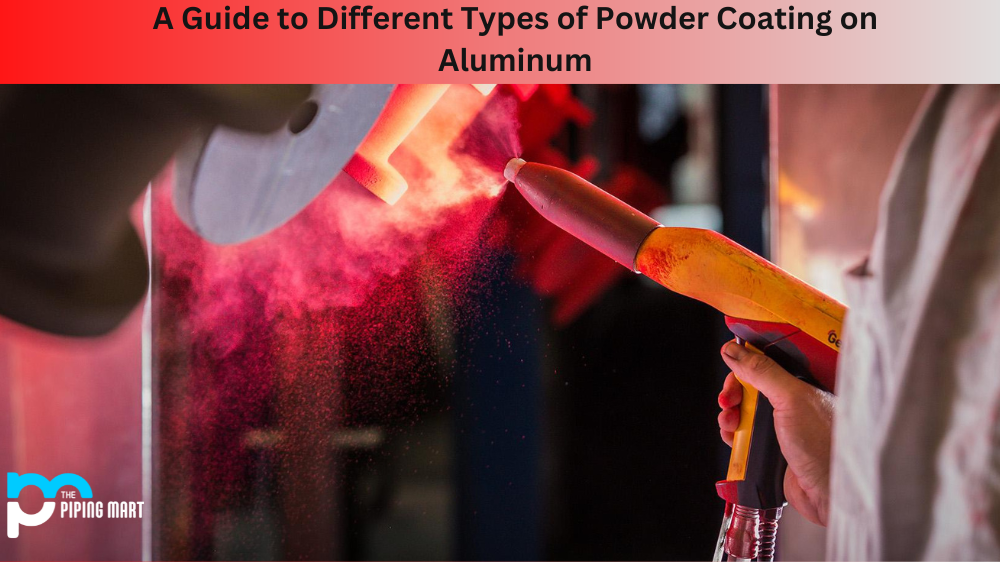Piping is among the most important components in various industries, especially in the oil and gas sector. For this reason, it’s essential to thoroughly understand different pipe types and their materials. Two of the industry’s most commonly used pipe specifications are ASTM A106 and API 5L pipes. Both specifications are widely used in different industrial applications. This blog post delves into the differences between ASTM A106 and API 5L pipes regarding their manufacturing process, chemical composition, and mechanical properties.
Difference Between ASTM A106 and API 5L Pipes
Manufacturing Process
The manufacturing process of ASTM A106 and API 5L pipes is different. ASTM A106 pipes are made using seamless and hot-rolled steel processes. On the other hand, API 5L pipes are made through electric resistance welding (ERW) or longitudinal submerged arc welding (LSAW). The seamless manufacturing process used in ASTM A106 pipes produces a relatively smooth surface without any welded joints, while welded API 5L pipes have visible Welded joints that require additional treatments.
Chemical Composition
The chemical composition of both specifications differs in terms of their carbon percentage. ASTM A106 pipes exclusively contain carbon, while API 5L pipes can blend carbon and alloy steel. ASTM A106 pipes have a maximum carbon content of 0.25% and a maximum manganese content of 0.27%. On the other hand, API 5L pipes have a varying carbon content between 0.24% and 0.28%, top silicon content of 0.45%, and full manganese content of 1.2%. This composition affects the pipes’ strength, welding capacity, and pressure handling capacity.
Mechanical Properties
The mechanical properties of pipes are crucial in determining their performance in various industries. ASTM A106 pipes have better tensile and yield strength than API 5L pipes. They also have better elongation and cold bending resistance. In contrast, API 5L pipes generally have better impact toughness and fatigue resistance. The mechanical properties of these two pipe types largely depend on the raw materials used.
Applications
ASTM A106 and API 5L pipes are used in different industrial applications, such as oil refineries, petrochemical plants, and natural gas transportation industries. ASTM A106 pipes are typically used for high-temperature services, while API 5L pipes are commonly used for conveying gas, water, and oil in various environments.
Cost
Cost is essential when selecting the appropriate pipe type for your industrial application. Generally, ASTM A106 pipes are more expensive than API 5L pipes because of their seamless manufacturing process and higher carbon content. However, the total cost of the entire project may vary depending on other factors, such as transportation, installation, and maintenance costs.
Conclusion
In conclusion, ASTM A106 and API 5L pipes have unique differences in their manufacturing process, chemical composition, mechanical properties, applications, and cost. This information helps you choose the appropriate pipe type for your industrial applications to ensure maximum performance and efficiency. It’s advisable to consult with your pipe manufacturer or supplier to get the most appropriate pipe for your project.

Pipingmart is a B2B portal that specializes in metal, industrial and piping items. Additionally, we share the latest information and information about materials, products and various types of grades to assist businesses that are involved in this business.




